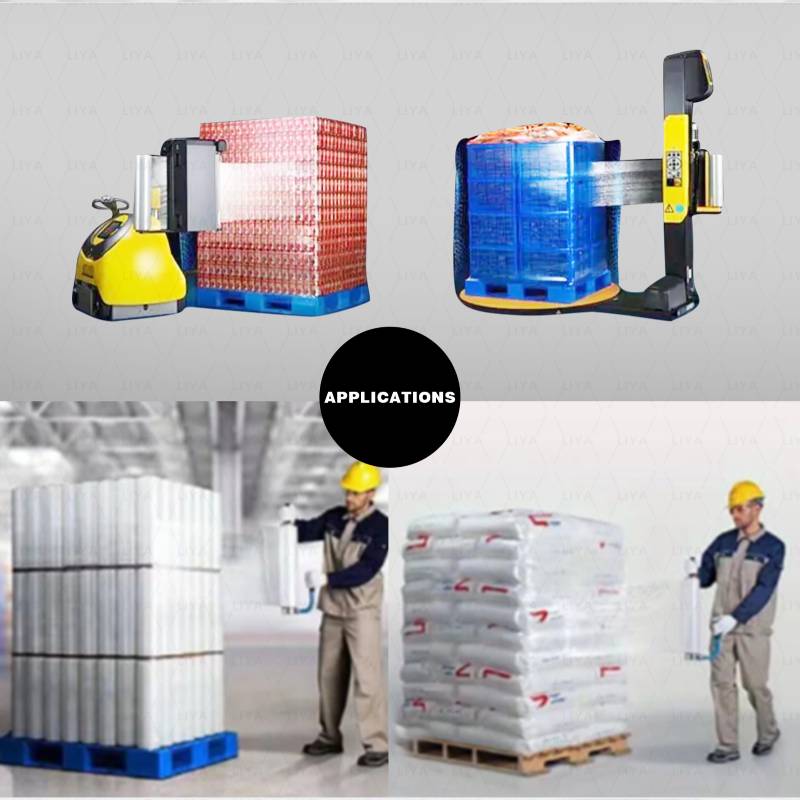thermal packaging for paper
Thermal Packaging for Paper A Sustainable Solution for Temperature-Sensitive Products
In today's world, where environmental concerns are paramount, the importance of sustainable packaging solutions cannot be overstated. Among various materials, paper remains one of the most widely used due to its versatility, availability, and sustainability. However, the challenge arises when it comes to temperature-sensitive products that require thermal protection while still adhering to eco-friendly principles. This is where thermal packaging for paper steps in, offering innovative solutions that align with modern sustainability goals.
Understanding Thermal Packaging
Thermal packaging refers to materials and designs that help maintain the temperature of products during storage and transportation. For temperature-sensitive items—such as pharmaceuticals, perishable foods, and electronics—maintaining appropriate temperature ranges is crucial to ensure product integrity and safety. Traditionally, thermal packaging has been dominated by materials like polystyrene and polyurethane, which pose challenges in terms of recyclability and environmental impact. The move towards paper-based thermal packaging aims to offer a more sustainable alternative without compromising on performance.
Advantages of Paper-Based Thermal Packaging
1. Sustainability Paper is biodegradable and often made from renewable resources. When sourced from sustainably managed forests, it has a lower environmental footprint compared to plastic-based materials. Paper can also be recycled multiple times, significantly reducing waste.
2. Thermal Insulation Advances in technology have led to the development of paper-based insulation materials that can effectively retent temperature. These innovations include integrating aerogel and other insulating substances into paper products, enhancing their thermal performance while maintaining the lightweight and flexible nature of paper.
3. Customization Paper packaging can be easily customized in terms of size, shape, and printing options. This adaptability allows businesses to create tailored solutions that meet specific thermal protection needs while enhancing branding and consumer appeal.
4. Cost-Effectiveness Generally, paper-based solutions can be less expensive than their plastic counterparts, especially when considering the benefits of reduced disposal and recycling costs. As companies increasingly aim for a circular economy, the financial benefits of sustainable packaging become more apparent.
thermal packaging for paper

Applications in Various Industries
The potential applications of paper-based thermal packaging are vast. In the food industry, companies are exploring the use of insulated paper containers for hot and cold foods. These containers not only keep food at the desired temperature but also provide an eco-friendly alternative to styrofoam and plastic.
In the pharmaceutical industry, temperature-sensitive medications often require stringent temperature control. Innovative paper thermal envelopes can be used to ship these products, ensuring they remain within the required temperature range while minimizing environmental impact.
Electronics—another temperature-sensitive sector—can benefit from paper-based thermal packaging as well. With the rise of e-commerce, ensuring that electronic devices are delivered without damage due to temperature fluctuations is essential. Custom thermal paper packaging can help protect these items during transit.
Barriers and Future Directions
Despite the advantages, there are challenges to the widespread adoption of paper thermal packaging. For example, achieving the same level of insulation efficiency as traditional materials can be a hurdle. Additionally, moisture resistance and structural integrity need to be maintained, especially for items exposed to varying environmental conditions.
However, ongoing research and investment in technology are paving the way for more effective solutions. Collaboration between packaging manufacturers, researchers, and businesses can spur innovation, leading to breakthroughs in materials that enhance the thermal performance of paper packaging.
Conclusion
Thermal packaging for paper presents a viable, sustainable solution for protecting temperature-sensitive products. As the demand for environmentally friendly packaging grows, paper-based thermal solutions will likely play a crucial role in shaping a more sustainable future. Embracing these technologies not only offers direct benefits to producers and consumers but also contributes to a healthier planet, aligning with the global shift towards sustainability. With continued advancements, the integration of thermal packaging into everyday products can enhance efficiency and environmental responsibility in the supply chain.
-
Stretch Film Solutions: A Comprehensive GuideNewsJun.03,2025
-
Stretch and Shrink Packaging SolutionsNewsJun.03,2025
-
Revolutionizing Packaging with Modern Wrapping SolutionsNewsJun.03,2025
-
Innovative Solutions for Silage and Window TintingNewsJun.03,2025
-
Efficient Packing with Stretch Wrap SolutionsNewsJun.03,2025
-
Effective Packaging with Stretch Wrap SolutionsNewsJun.03,2025
-
Have the freedom of customizing your custom mailers any way you want! Our dedicated packaging support will help deliver you the mailing experience you need to elevate your shipping experience to the next level! Start making a strong impression on your customers and stand out from your competitors! -
LIYA uses high quality raw materials which directly purchased from large enterprises domestic and overseas such as PetroChina, Sinopec, Sabic, Equate, ExxonMobil, Dow Chemical, Total, and Borouge, ensuring the price advantage and quality of the raw materials. -
LIYA uses high quality raw materials which directly purchased from large enterprises domestic and overseas such as PetroChina, Sinopec, Sabic, Equate, ExxonMobil, Dow Chemical, Total, and Borouge, ensuring the price advantage and quality of the raw materials.





